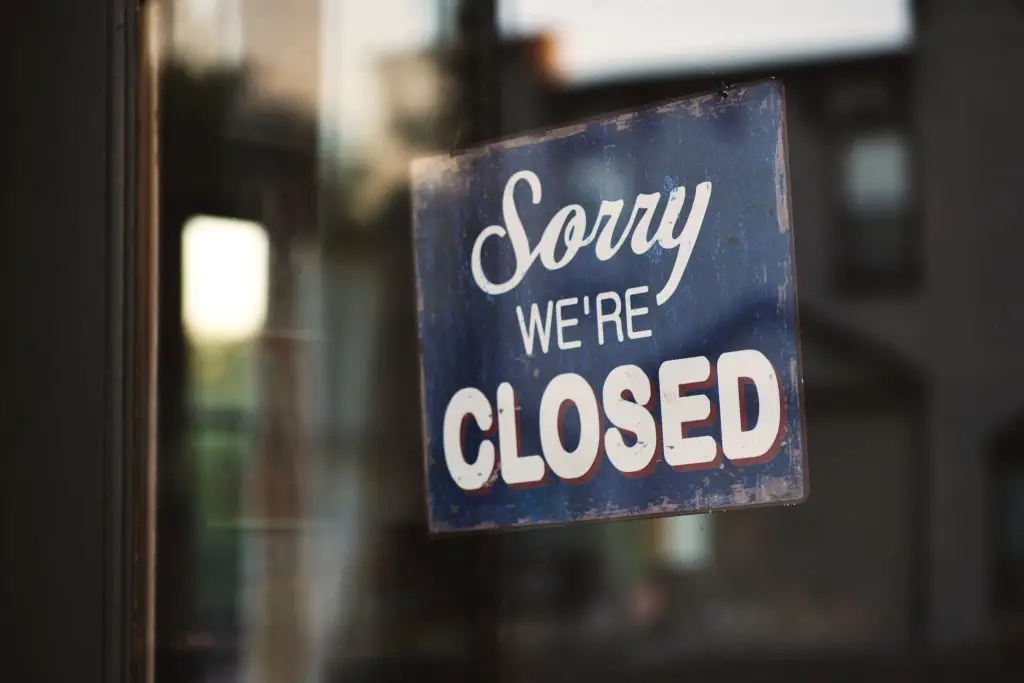The stock market downside price limits during U.S. trading hours from 8:30 a.m. to 3:00 p.m. central time are successive lower price limits on the S&P 500 index in tiers based on being down over 7%, 13%, and then 20% with a decline below the previous trading day’s closing price as a reference point.
New York Stock Exchange circuit breaker rules:
If the S&P 500 falls 7%, trading will halt for 15 minutes.
If the S&P 500 falls 13%, trading will halt for 15 minutes.
If the S&P 500 falls 20%, trading will halt for the rest of the day.
For E-mini S&P 500 index futures (ES), the Micro E-mini S&P 500 (MES), and the S&P 500 (SP) futures, the price that is used as a reference is set at the previous trading day’s Volume-Weighted Average Price (VWAP) of the front month E-mini S&P 500 futures contract determined between 2:59:30 p.m. – 3:00 p.m. Central Time. The overnight futures market has set upside and downside limits of 5% during non-U.S. trading hours on stock index futures.
In after hours futures trading from 5:00 p.m. to 8:30 a.m. central time there is an upside and downside price limit of a maximum move of 5% in either direction. The midpoint of the 5% limit is based on the 3:00 p.m. CT futures fixing price. The width of the 5% limit is based on 5% of the S&P 500 Index value at 3:00 p.m.
The purpose of these limits is to stop a huge selloff and give some time out for traders and investors to calm nerves and fears and prevent an irrational crash. 